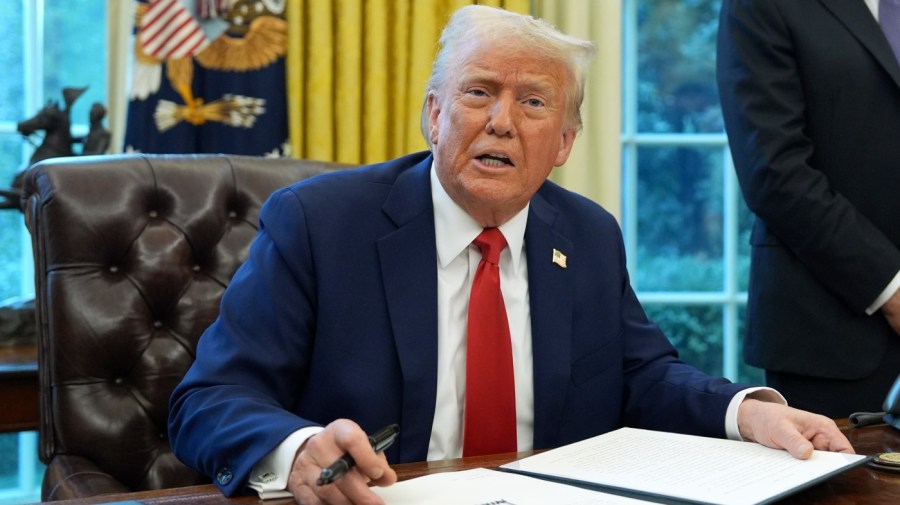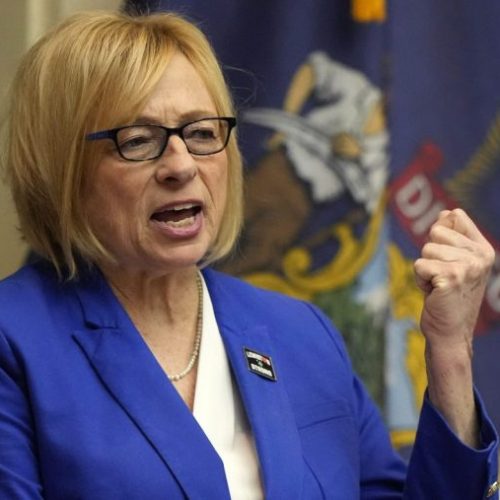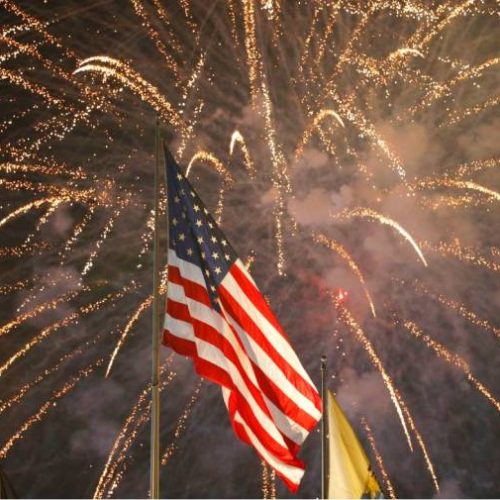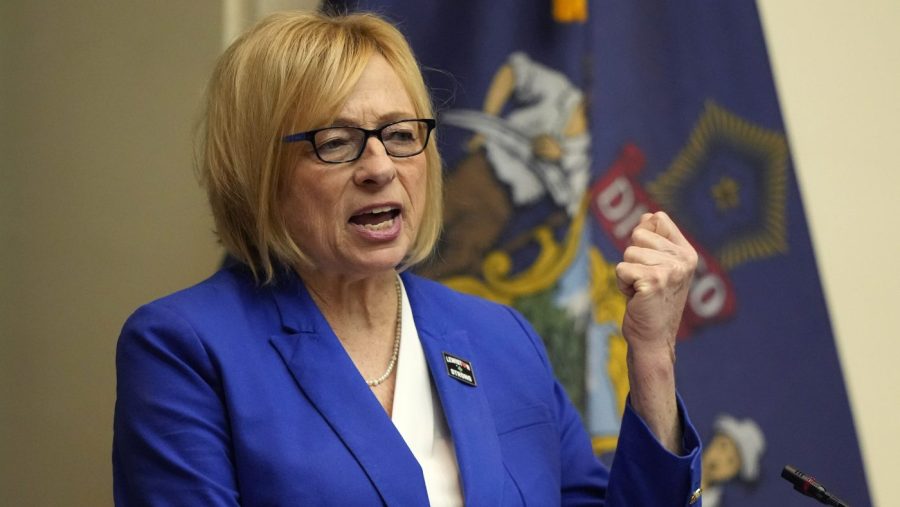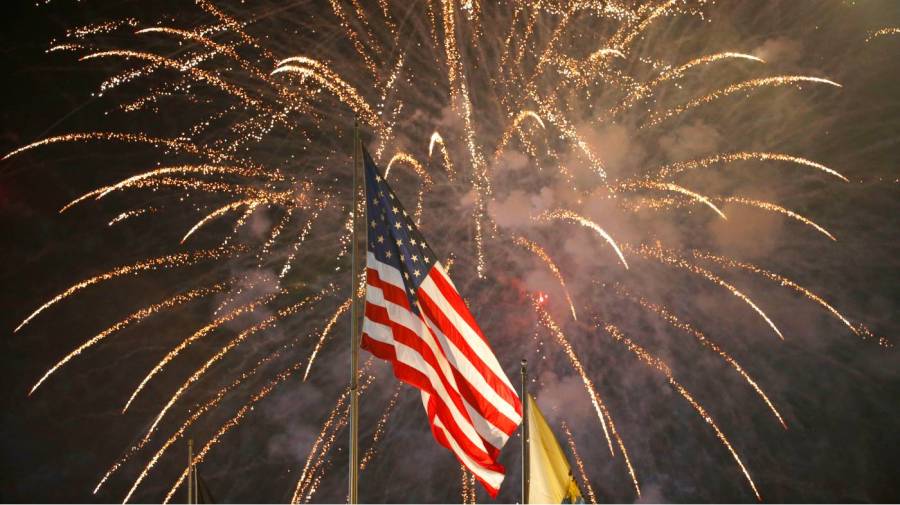Trump’s Executive Actions: A Test of Constitutional Boundaries
President Donald Trump’s recent executive actions have sparked a debate about the limits of presidential power and the balance between the executive and legislative branches. This article examines the key developments, their potential impact, and the broader context of executive authority in the United States.
Key Executive Actions
In the first two weeks of his second term, President Trump has issued several significant executive orders and actions:
1. Attempting to end birthright citizenship via executive order.
2. Firing 18 inspectors general without providing the legally required notice and reasoning to Congress.
3. Directing federal agencies to pause activities related to certain federal grants.
4. Rescinding 78 actions and orders from the Biden Administration.
5. Establishing policies to prevent government interference in constitutionally protected speech.
Potential Impact and Significance
These actions have raised concerns about executive overreach and their potential to disrupt the balance of powers established by the Constitution:
Constitutional Challenges: The birthright citizenship order has been deemed “blatantly unconstitutional” by a federal judge and put on hold.
Oversight Concerns: The firing of inspectors general without proper notice undermines government accountability mechanisms.
Budgetary Authority: The attempt to freeze certain federal grants challenges Congress’s constitutional power of the purse.
Policy Reversals: The widespread rescinding of previous administration’s orders could lead to policy whiplash and uncertainty.
Free Speech Debate: The order on protected speech responds to concerns about government overreach in regulating online content.
Why It’s Important
These actions test the limits of executive power and could have far-reaching consequences:
– They challenge long-standing interpretations of constitutional law and congressional authority.
– They may set precedents for future administrations to expand executive power.
– They could lead to legal battles that reshape the relationship between branches of government.
Historical Context
The tension between executive and legislative power is not new:
– The 1974 Impoundment Control Act was passed to limit the president’s ability to withhold congressionally appropriated funds.
– Previous administrations have also been criticized for expanding executive power, including through the use of executive orders.
Different Perspectives
Supporters argue that these actions are necessary to implement the president’s agenda and counter perceived overreach by previous administrations.
Critics, including both Democrats and some Republicans, warn of the dangers of unchecked executive power and the need to maintain constitutional checks and balances.
Conclusion
President Trump’s recent executive actions represent a significant test of the boundaries of presidential power. As legal challenges and political debates unfold, the outcome will likely have lasting implications for the balance of power in the American system of government.

